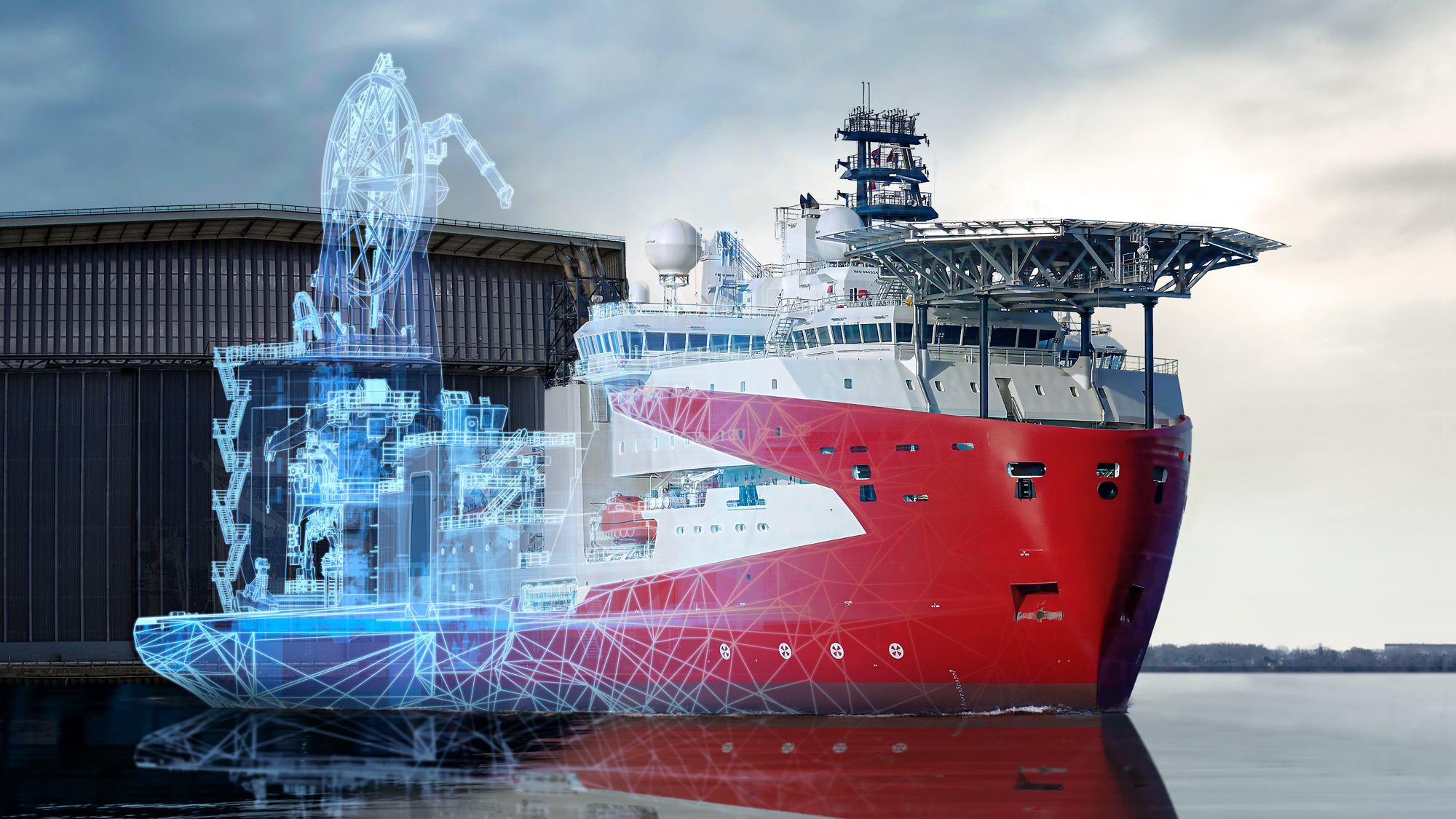Delta escort tugs: innovation at the heart of design

The rising trade in LNG and plans for new LNG terminals have created a wider demand for escort tugs. Due to the increased gas carrier size and stricter regulations, new tugs need a higher bollard pull and – equally important – the safety aspects of the vessel have been put under the microscope. In addition, the growing trend towards ‘greener’ ships is adding further specification requirements to this type of vessel.
Higher safety requires innovation
As an essential part of operations, the escort winch has to maintain a high level of line tension in order to deliver the required steering and braking forces. In addition, it has to cope with variations in the towing line tension caused by the motions of the tug in more exposed areas of operation.
One of the findings of the joint industry project ‘Safe Tug’ was that snatch loads of five to six times the bollard pull value can occur. A slack or breaking towing line should be avoided by keeping the line tension within certain limits. However, this requires a winch with an extremely high power output (of up to 2.5 MW) to be instantly available.
We discovered that there were no suitable winches on the market for these heavy-duty escort tasks. With a strong focus on safety, we also believed that the risk of failure due to the wear of the winch and towing line (and their exposure to the elements) could be significantly reduced. As such, we conceived the idea to design a new escort tug, incorporating innovative solutions that would answer all the anticipated challenges identified.
Thinking outside the box for escort tug design
Being the pivotal component on the vessel, the escort winch was developed by IHC SAS - Hytop first, with the ship then designed around it. Instead of creating a high-power winch, we choose to tackle the snatch loads in a completely different way.
The winch is operated with custom-designed electric motors which, in combination with the control system, allow for extremely quick response times to limit the required power. A shock absorber system, consisting of two cylinders, enables the winch to tilt at extreme peak loads.
The performance of the winch was validated through extensive simulations carried out by Vuyk. The rather unusual location of the winch (well aft) was carefully selected as it makes a spooling device dispensable due to the low fleet angle. This leads to a less complicated system which further reduces the risk of failure.
A hybrid system was chosen – dual-fuel engines with an energy storage system (ESS) – in order to ensure that the necessary power is always going to be instantly available. By incorporating LNG as the main fuel source, emission levels can be reduced, and the hybrid power solution offers the opportunity to minimise engine running hours and maintenance costs.
Working in close collaboration with Systems, we spent a considerable amount of time optimising the power configuration of the vessel. By using the ESS as the primary source of energy (with engines charging and boosting as required), the total installed engine power could be reduced, while at the same time limiting the partial loading of the engines.
Safe, green and ready for the future
The resultant Delta Escort Tug is a new product that is ready for the future. It incorporates a range of innovative features that enhance safety, reduce emissions and lower maintenance costs.
Written by
William de Leeuw
Naval Architect

What can we do for you?
Get in touch with our team to see what innovations are available to you.